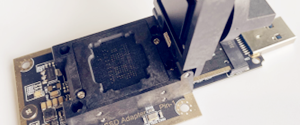RAID 4
The RAID used here is specifically designed to perform in the speed as well as the fault tolerant system. Both the properties provide better support for the system as an efficient server. The implantation design and the disk are similar to the RAID 3 but the only slight difference is that it manages the multiple disks independently. But the case in the RAID 3 involves the disks to be managed in unison. Hence this property stands out apart when the difference is considered between the RAID 4 and the RAID 3. Also the RAID 4 is not mostly used as compared to the RAID 3. This RAID 4 is not used often. RAID 4 has a better performance and is good when it is used for the purpose of sequential data access. So in comparison with the RAID 3 it stands apart in its application. Along with this feature also this is most rarely used.
When it is mentioned that the parity check is used then the concept of stripping and fault tolerance also plays the prominent role. The method used in the implementation of the technology of the RAID 4 can be explained as below: let us suppose that there are three drives in the RAID server then the data A is in the first disk and the data B is in the disk second. Now the data C is in the first disk. The data D is in the second disk again and the data E in the first disk and the data F in the second disk. But the parity A+B is in the third disk drive due to the parity checking that is carried out.
Similarly the parity E+F is also stored in the in the third disk drive. The parity C+D is also stored in the third disk drive. In this way the information about the parity check is stored in the three disks in the considered example. The common name given to the RAID 3 is the Parallel Transfer Disk with Parity which is based on the concept used in it. It is similar to the RAID 4. The description regarding the RAID 4 is that the data sectors distributed as the with disk stripping. The redundant information is stored in the dedicated parity disk.
But the contrast and the major difference in the description with the RAID 3 is that each and every data sector is subdivided and it is distributed across all the data disk drives. And also the information that is redundant is normally stored in the dedicated disk drives that are used for storing the parity information. The reliability of the data in the case of the RAID 3 is much higher than the other RAID drives like the RAID 4, RAID 2 and RAID 5.
The reliability is also much higher in comparison with the single drives. But in the case of the RAID 4 the reliability can be considered as comparable to the RAID 3 but the reliability is much higher than the RAID 2, RAID5 etc. The speed of the data transfer in the case of RAID 3 is the highest as compared to the other RAID types. But the RAID 4 has the data transfer speed in consideration with the Read operation as similar to the disk stripping that is done.
The data transfer speed when the write operation is considered is much lower than the single disk write operation. The rate of I/O (Input Output) for the RAID 3 is similar to the 2x or double the speed in the case of a single disk operation. The same Input Output speed in the RAID 4 is similar to the disk stripping in the case of the Read operation. The same in the case of the write operation for the RAID 4 is much lower than the single disk operation. The RAID 4 drive also has many applications similar to that of the RAID 3 but it rarely used in the comparison of the RAID 3.
Data recovery Salon welcomes your comments and share with us your ideas, suggestions and experience. Data recovery salon is dedicated in sharing the most useful data recovery information with our users and only if you are good at data recovery or related knowledge, please kindly drop us an email and we will publish your article here. We need to make data recovery Salon to be the most professional and free data recovery E-book online.
World’s Top Data Recovery Hardware Tools
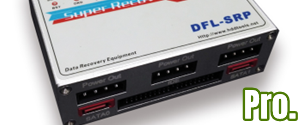
Easy to use at good price
Recover SATA, IDE, External HDDs, NVME SSDs, etc Order Now here
POTABLE DEVICE & NVME SSD RECOVERY TOOL
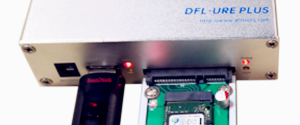
Recover USB Device and NVME SSDs at high speed! Read Details here.
DFL-PCIE DATA RECOVERY RECHARGE
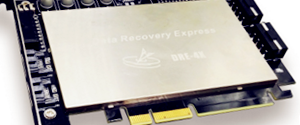
Best data recovery hardware tool to start a data recovery business, read details here
RECOVER SCRATCHED HDDS

Recover lost data from scratched hard drives, read details here.
SURFACE PRO. RECOVERY
BEST HEAD REPLACEMENT TOOLS
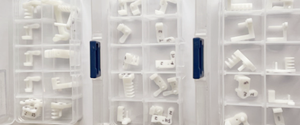
The most cost-effective head replacement tools for Seagate, WD, Samsung, Hitachi, Toshiba, Fujitsu

